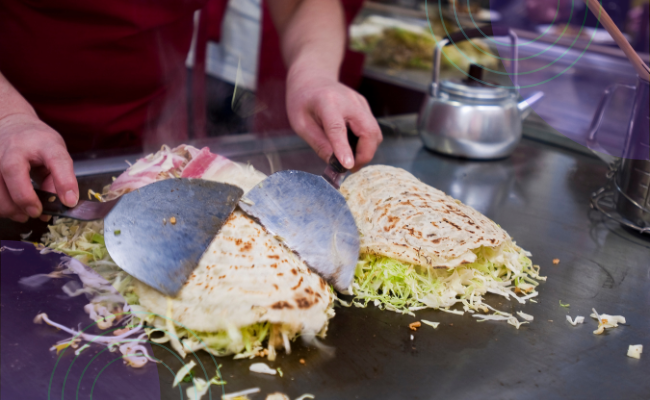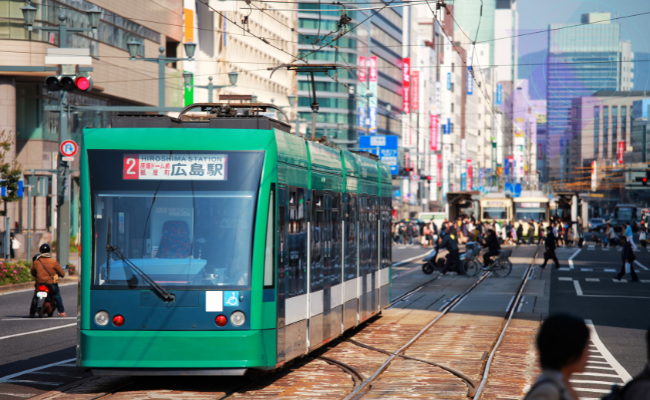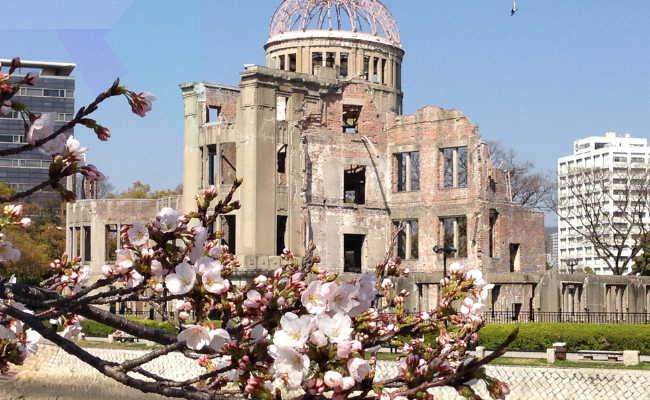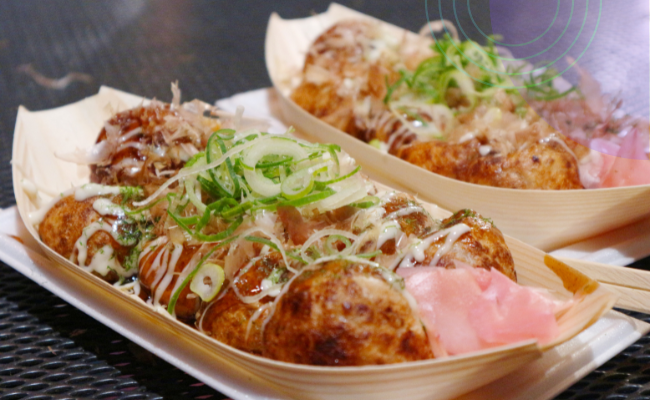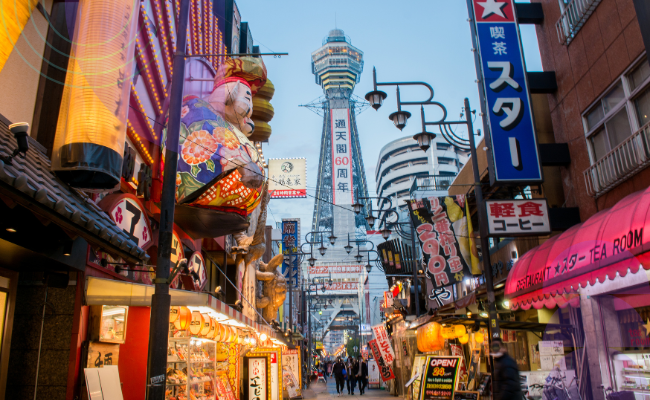I’ve been exploring Osaka’s food scene for years, and these Osaka Food Tips are what I wish I knew when I first started discovering the city’s best eats.
These tips go beyond guidebooks—they come from experience, talking with locals, and learning how to avoid overpriced, mediocre meals in tourist areas.
Restaurant Hours Vary
Osaka restaurants don’t always follow standard schedules. A small okonomiyaki shop might close early in the afternoon, or a kushikatsu place could be closed midweek. Many stop taking orders before the posted closing time, especially spots that cook everything fresh. To avoid disappointment, have backup options and plan to arrive early if there’s a must-try dish.
Standing and Eating
Some of the best food in Osaka is meant to be eaten standing up, including takoyaki stalls, kushikatsu counters, and certain ramen shops. While it may feel unusual at first, it’s a social experience—you often chat with other diners and share recommendations.
Sharing Makes It Better
Many dishes are designed to share. Okonomiyaki comes as a large pancake, kushikatsu is ordered skewer by skewer, and takoyaki portions are often sized for groups. Solo diners can usually request smaller portions, but sharing with friends is one of the best ways to experience Osaka’s food culture.
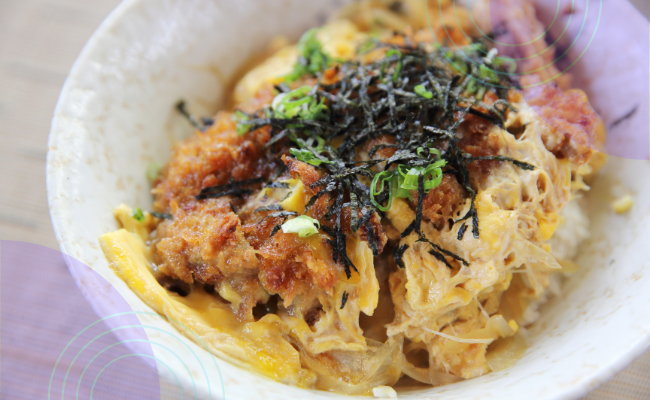
Convenience Store Food is Actually Good
I eat convenience store food three times a week. The onigiri are made fresh multiple times a day, the karaage is crispy and hot, and they have seasonal items that change regularly.
My usual convenience store meal is a tuna mayo onigiri, some karaage, and whatever looks interesting in the hot food section. It costs about 500 yen, and it’s genuinely satisfying.
Don’t feel weird about eating convenience store food here. It’s not considered cheap or of low quality, unlike in other countries. It’s just convenient and decent.
Cash is Still King
Most small restaurants and street stalls only take cash. I always carry at least 3000 yen when I’m going out to eat, more if I’m planning to restaurant-hop or try a lot of street food.
I’ve been stuck in situations where I wanted to try something, but didn’t have enough cas,h and the place didn’t take cards. It’s frustrating. The 7-Eleven ATMs work with foreign cards and they’re everywhere, so I just withdraw money there when I need it.
Lunch Sets are Your Friend
The same restaurant that charges 2,000 yen for dinner might offer an 800 yen lunch set. The quality is usually just as good, simply in smaller portions and with fewer choices.
I like to enjoy these kinds of meals at lunchtime. It’s a great way to experience higher-end restaurants at a significantly more affordable price, often surrounded by local businesspeople rather than tourists.
Seasonal Menus Change Everything
Restaurants here really commit to seasonal eating. A place might have completely different dishes in summer versus winter. Some items are only available for a limited time when specific ingredients are in season.
I’ve gone back to restaurants, expecting to order the same thing I had before, only to find out it’s no longer available because it’s the wrong season. Now I ask what’s good that day and try to go with the flow.
Tourist Areas Aren’t Always Tourist Traps
Yeah, Dotonbori is touristy and more expensive than neighborhood places. But some of the food there is legitimately good, not just Instagram-worthy.
The key is looking at who’s eating there. If it’s all tourists with cameras, skip it. If you see local office workers grabbing lunch or families out for dinner, it’s decent food regardless of the location.
Language Barriers are Real
Most small restaurants don’t have English menus, and staff often don’t speak English. I’ve learned to be okay with pointing at things, using Google Translate, or just ordering something random and seeing what happens.
Sometimes I’ve ended up with entirely different food than what I thought I ordered, but it’s usually been good anyway. Osaka people are generally patient with foreigners who are trying to communicate.
Allergies are Tough to Navigate
If you have food allergies, Osaka can be a challenging place to visit. Most small restaurants can’t modify dishes or substitute ingredients. They often don’t understand what you’re asking for, even if you try to explain in Japanese.
I have friends with severe allergies who carry cards written in Japanese explaining their restrictions. Even then, it’s not foolproof, as cross-contamination and hidden ingredients can be challenging to avoid.
Final Thoughts
Osaka’s food culture is all about enjoyment and discovery. People here have a genuine love for food, and that energy makes it easy for visitors to feel at home. You don’t need to worry about “doing it right,” just bring curiosity and an open mind.
Some of the best experiences often happen by chance: stumbling into a tiny izakaya, ordering something you’ve never tried before, or following the line to a popular street stall. Flexibility is part of the fun.
If you come hungry and willing to explore, Osaka will reward you with flavors, traditions, and memories that go far beyond a single meal.
Osaka Local Dishes You Need to Try
From takoyaki and okonomiyaki to kushikatsu and kitsune udon, these are the dishes that define Osaka’s food culture. This is comfort food meant to be shared with friends – dishes that locals have been perfecting and enjoying for generations. Each one tells a story about what makes eating in Osaka special.

